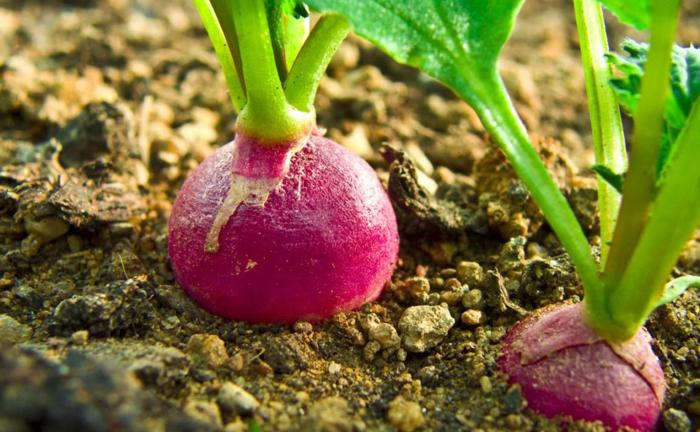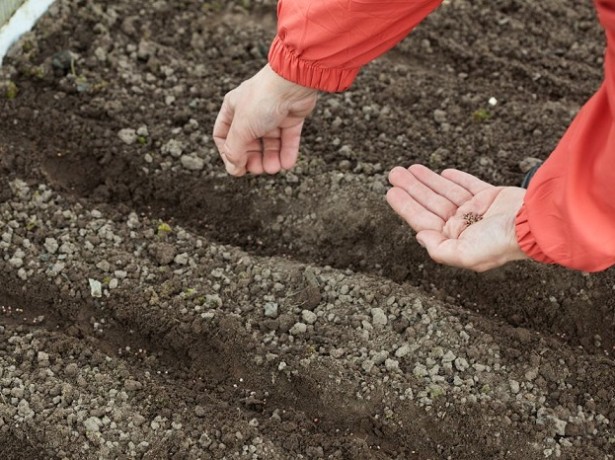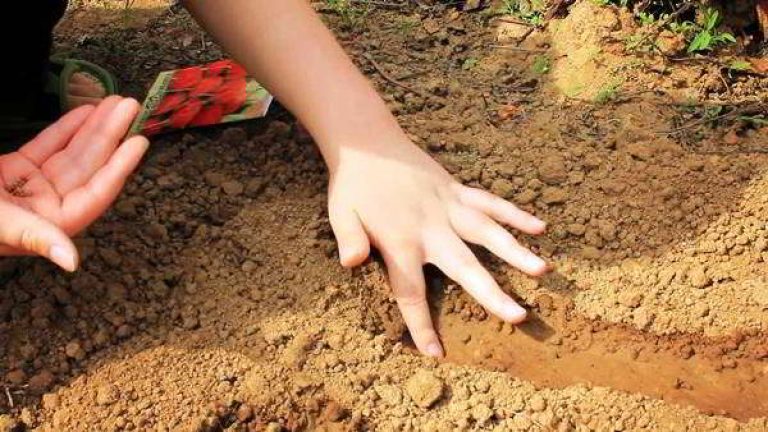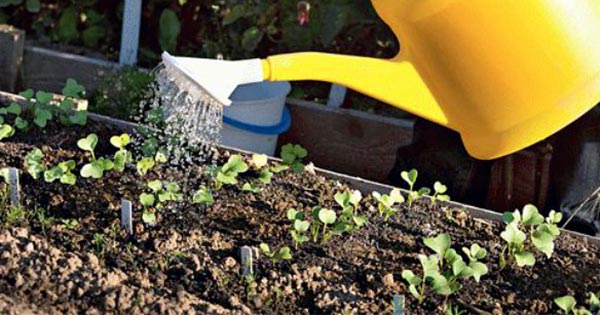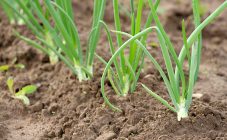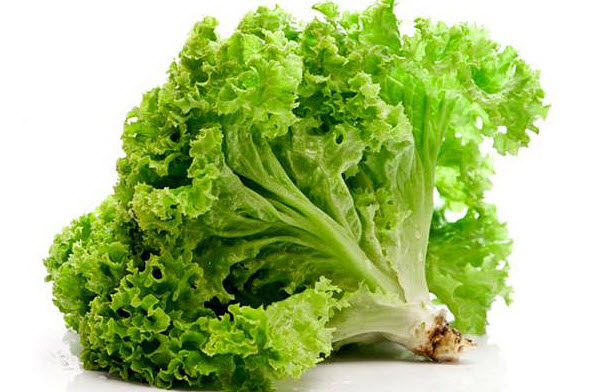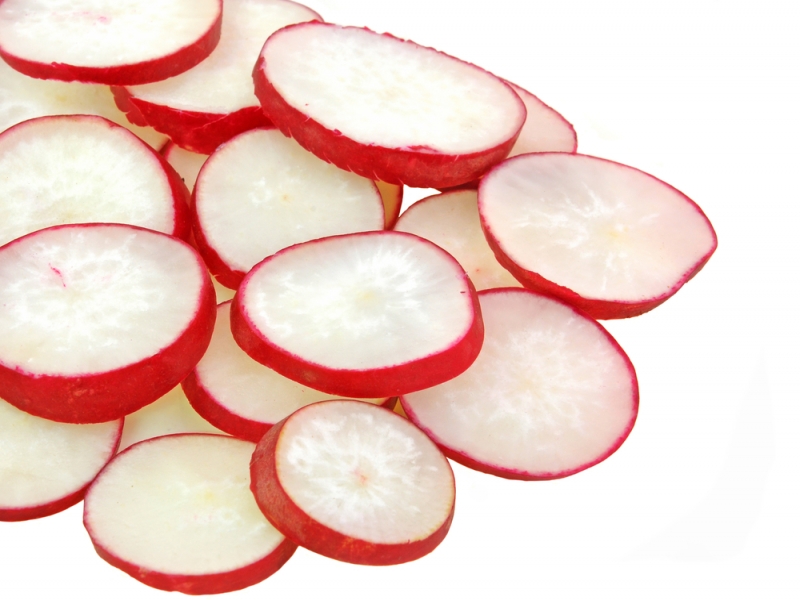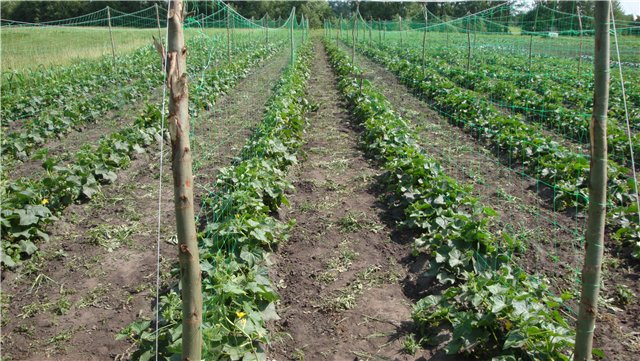Content:
In early spring, radishes are the first vegetable to appear on the table. It is with him that the garden season begins. He came to Russia from Asia during the reign of Peter the Great and became very popular. Nowadays, it is grown in central Russia and the Moscow region. Radish is rich in minerals, thanks to them, the vegetable is useful for people suffering from low hemoglobin. In addition, the vegetable is capable of influencing the internal organs of a person. Many newcomers to gardening want to know how to plant radishes in the open ground in spring.
Agrotechnics of culture
Radish grows as a single or biennial plant. Most gardeners prefer to grow those varieties of radish that produce seeds in the first year of growing season. The root crop can have completely different forms:
- round;
- elongated;
- flat round;
- oval;
- like a spindle.
In addition, the vegetable can be distinguished by the color of its surface. It is not only red, but also white, yellow and even purple.
Depending on where the radish is grown, it is planted in greenhouses or outdoors.
When sowing, take into account that radishes like to grow when the day is short. For this reason, it is sown in early spring. How wet the soil is, depends on what the radish will be. The use of fertilizers will help to increase the amount of ripe radish and its quality. Most vegetable growers believe that radish is an unpretentious plant. But if you do not follow all the rules that suggest how to plant radishes in open ground, then you can be left without a crop.
Sowing and germination dates
Correct adherence to sowing dates is important. Many gardeners use the lunar calendar, others trust their observations and intuition.
Despite the fact that the vegetable feels good at night air temperatures of five or six degrees and can withstand late frosts, it is still better to sow it in the last days of March or already in April. It is then that the rays of the sun warm the earth well. In order to independently determine the planting time of radishes, it is best to use the hint of temperature changes:
- the soil temperature warmed up only to +10 degrees - this means that the seedlings will not appear soon;
- the soil has warmed up from +10 to +15 degrees - the radish will sprout in seven days;
- at a soil temperature of +18 to +22 degrees, seedlings will appear in a couple of days.
Therefore, the best time for fast emergence and the formation of root crops is the time when the soil is warmed up to +22 degrees and above. If the sowing was done while observing the temperature regime, then the first crop can be harvested to the table in a few weeks.
So that the whole spring period can be pampered with a juicy vegetable, radishes need to be sown at short intervals, at least after seven to eight days. At the end of May, sowing this vegetable is no longer desirable, since the day is getting longer, the weather in summer is drier, which adversely affects the formation of radish. In addition, a plant sown under these conditions will only throw out the arrows. Fresh radishes will only be available in the fall, when the day will be short again. In addition, during the summer period there are many chances that young radishes will attract pests.
The soil
Like many other vegetables, radishes like to grow in humus-rich soil. Before sowing radish seeds, the soil must be properly prepared. Moreover, it is best to do this in the fall. First of all, you need to determine the type of soil. If it is clay soil, then it must be made light and loose. To do this, you need to add a small amount of peat or coarse river sand, as well as organic and mineral fertilizers.
When sowing radishes in open ground, you must also choose the right site. It is best if it is located on the south side of the garden. In this case, the soil warms up much faster, and the culture will receive a sufficient amount of light.
Reproduction of culture
There are two ways to remove seeds from radishes at home:
- you need to transplant the root crop to another place;
- use the parent plant without transplanting.
Using the first method, you can get seeds from those plants that you liked both in color and in taste. To obtain seed, the radish is sown very early and covered with foil. This will enable the plant to sprout quickly. After the radish grows, it must be carefully dug up from the ground and the leaves should be cut so that the stalks remain, no more than five centimeters in size, and planted in another place, but on the south side of the house.
Ripe pods turn yellow and open. At this time, they are cut and hung in the shade to ripen the seeds upside down. But you need to put a container under it so that the seeds that will fall out of the pods are not lost. Seeds are removed from the pods in late autumn. To do this, you just need to knead them with your hands.
When collecting your own seed, consider the following guidelines:
- hybrid radish varieties will not produce the expected seeds;
- if you need to collect seeds from radishes, then it is best to plant the parent vegetable away from other cruciferous plants, since they have the ability to pollinate;
- the seeds germinate well even after six years.
If you are interested in how much seed is needed for sowing, then it should be remembered that ten grams contains a thousand seeds.
Sowing radish
Before you plant a radish so that it grows large and juicy, you need to select the highest quality seeds. This is done in the following ways:
- Pour fresh water at room temperature into a bowl with seeds. They are left for half an hour and after the empty seeds float, the water is drained. High-quality - must be dried before sowing;
- A saline solution is made in the ratio of fifty grams of salt per liter of water. Pour seeds over them and mix. After a few minutes, the empty seeds will rise to the surface. The water needs to be drained, the good families should be rinsed and dried.
For the prevention of diseases, seeds can be poured with a solution of potassium permanganate. Before sowing, they must be rinsed and dried. Many gardeners practice processing the seed with growth stimulants. In this way, seedlings will be faster.
It is best to harden the material before planting radishes in early spring. To do this, the seeds must be wrapped in wet gauze and kept for 24 hours. After that, they are placed in the refrigerator for no more than four hours. After that, the seeds should again lie at room temperature for a day.Then again in the refrigerator for four hours, you need to alternate hardening in this way until the seeds hatch.
The finished seed is sown in the ground. In this case, you should be aware that the growth process was activated with the help of hardening. Sowing is done according to the following rules:
- Grooves are made, one centimeter deep. The distance between the rows must be at least ten centimeters;
- Water is poured into the furrows and waiting for it to be absorbed;
- Seeds are sown at a distance of five centimeters from each other;
- The furrow is covered with earth and compacted;
- The surface of the beds is watered.
In the case when the plot is very small in the country and you want to grow your own vegetables, but at the same time save every piece of land, the question arises: how to plant radishes and leave a place for another crop? In this case, sowing radishes can be done using egg trays. The soil on the bed is watered abundantly and after the water is completely absorbed, a tray is placed on the bed and pressed down. In the holes that the cell has left, they sow seed by seed and fill it with a layer of soil and compact so that there are no voids.
Radish care
Do not think that having sowed the seeds, you can forget about them until the very harvest. To get a good harvest, you need to properly care for the beds. Care consists in:
- watering;
- weeding;
- fertilizer.
Radish is a crop that loves moisture. Therefore, it must be watered twice a day. After sowing, watering is done at intervals of two or even four days. After germination, the amount of watering increases. In hot weather, the radishes are watered in the morning and evening.
In order for the radish to grow large and juicy, it must be loosened and weeded from weeds. In addition, the seedlings need to be planted. To reduce your labor, it is recommended to mulch the garden. To do this, use straw, peat or rotten leaves. This will stop the weeds from growing and the moisture will evaporate more slowly.
Fertilizing a vegetable is needed only if it is sown in infertile soil. To do this, use a mixture of:
- compost;
- humus;
- ash;
- saltpeter;
- superphosphate;
- granular potassium.
Harvesting
Radish is not harvested at the same time. This is done in several stages. Choose root vegetables that have reached a diameter of at least one and a half centimeters. The radishes are cleaned from the ground, the leaves are cut off and packed in bags. After that, the radish is placed in the refrigerator. You can store the vegetable for no longer than three days. Before use, it is washed and served on the table.
Planting and caring for radishes in the open field are simple activities. A novice gardener will also cope with this. The only thing that is required is to properly care for and do not forget about watering.
